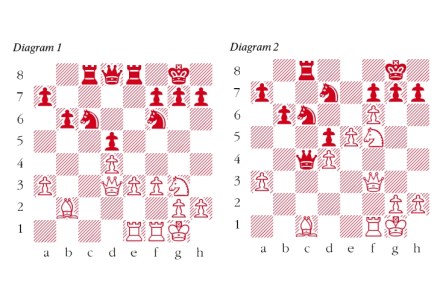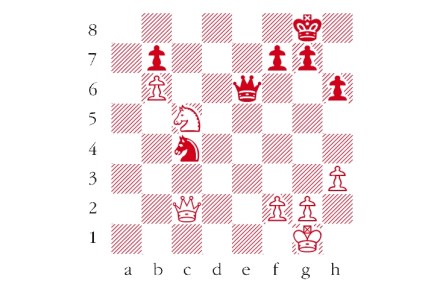Revolutionary
The French Defence appears to be somewhat cautious in nature but can in fact lead to disruptive middlegame clashes. It was a favourite of such aficionados of counterattack as Aron Nimzowitsch, Mikhail Botvinnik and Viktor Korchnoi. One of my favourite lines was espoused by world champion Tigran Petrosian, for example in the following win against




















